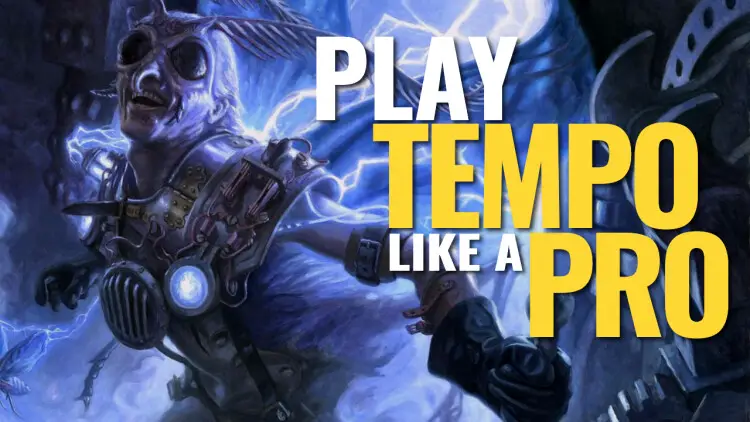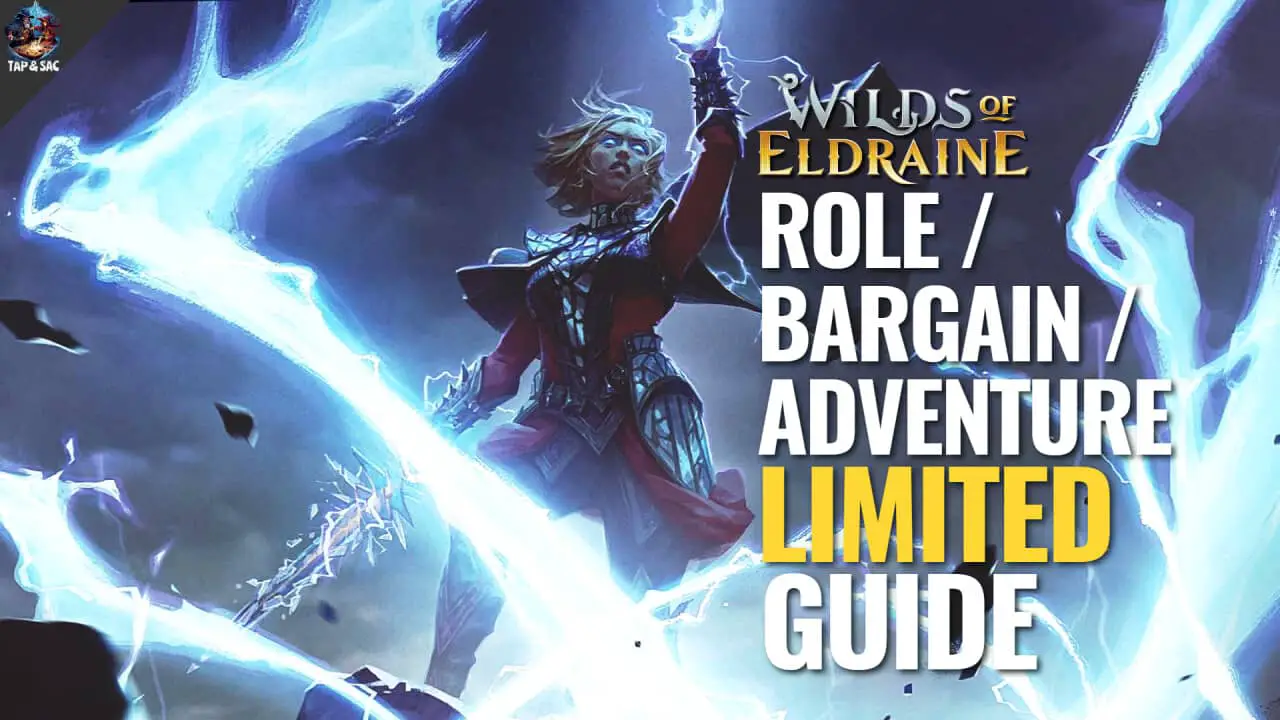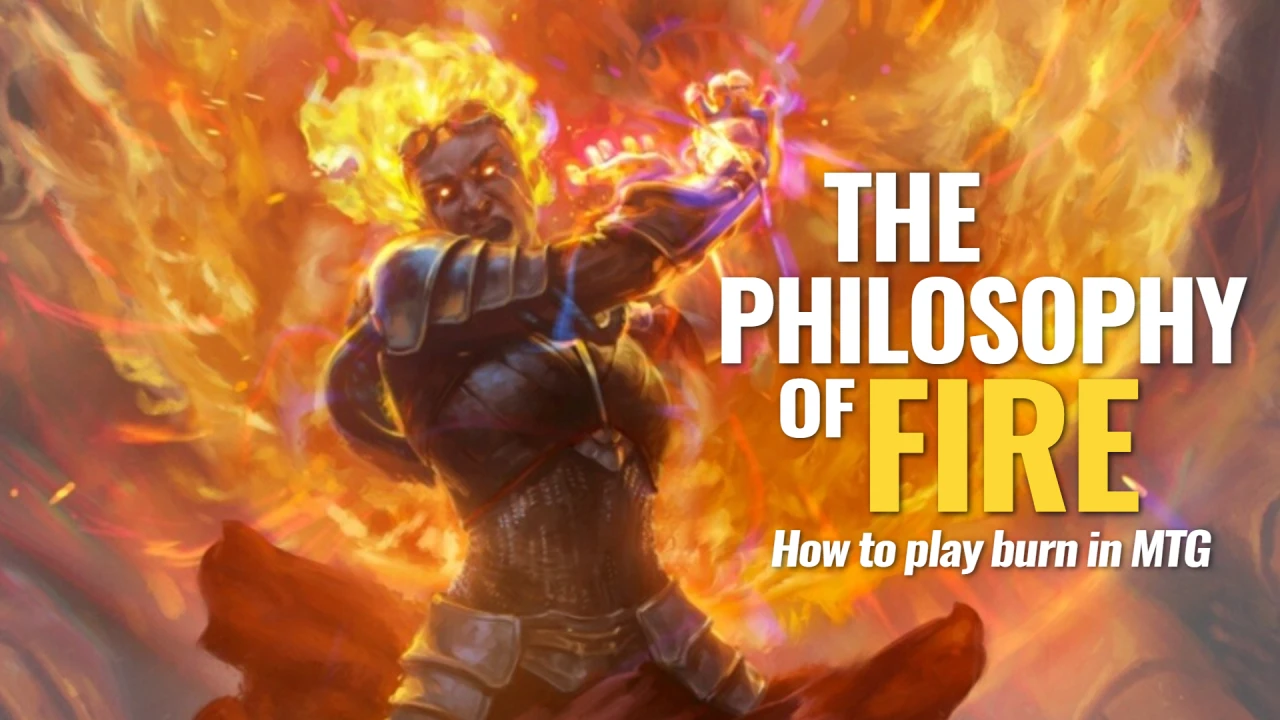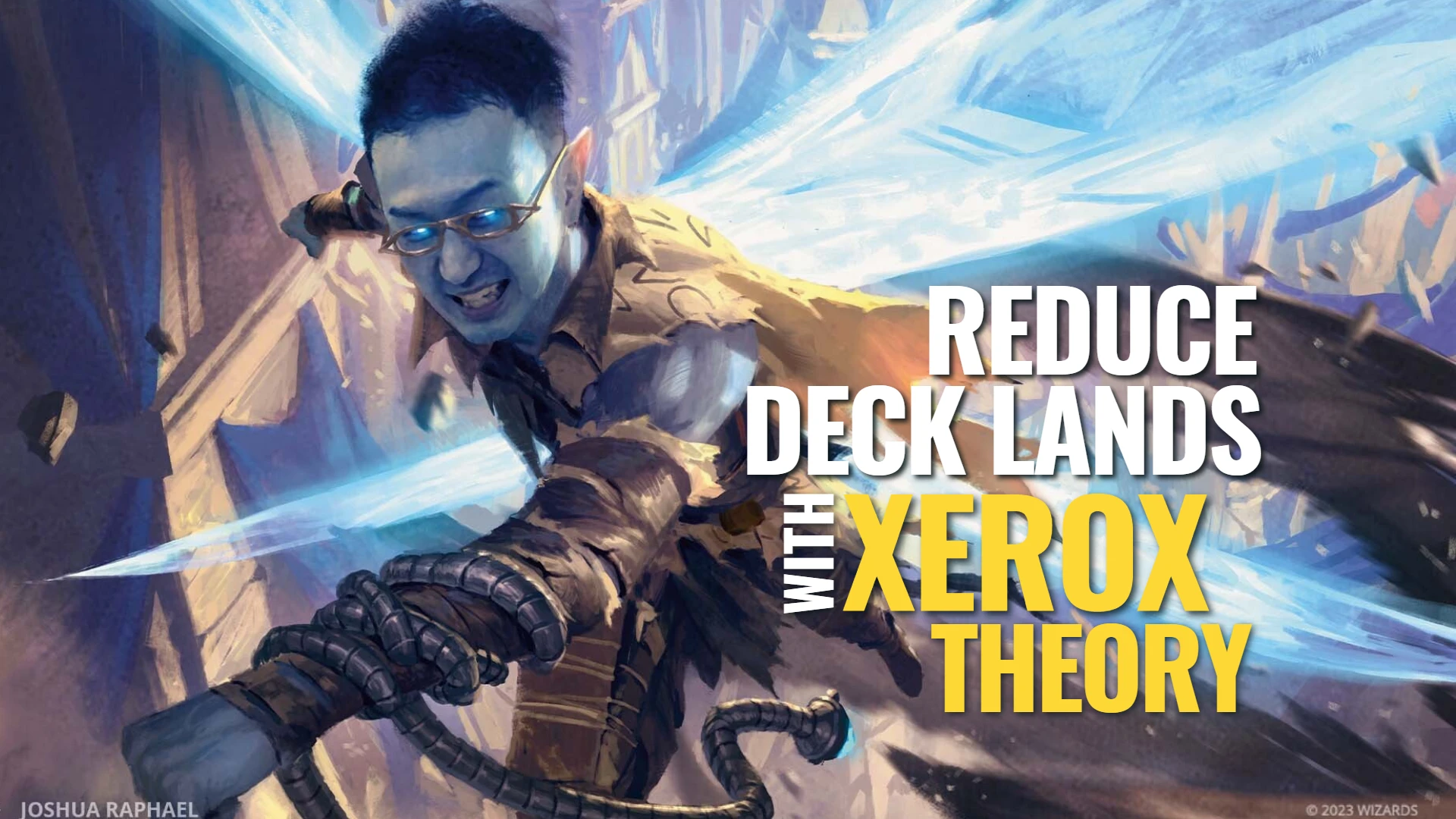In the normal world, tempo refers to speed, or pace. Likewise, in music, a high tempo (calculated by beats-per-minute) means a fast-paced song.
In Magic, tempo refers to a play strategy of playing threats and reactive spells at the best possible moment, in order to gain a tactical advantage. Decks that are specially built around this strategy are thus called tempo decks.
Interested in playing tempo? It’s got a slightly steep learning curve, but we analyse both the strategy and deck buildup for you to get started as quickly as possible.
The Tempo Strategy
Hybrid Aggro and Control
In a way, you could see tempo as playing both sides of aggro (aggressive attacks) and control (stopping whatever your opponent does), without ever leaning to 1 extreme.

Tempo involves playing both sides deftly, by attacking quickly with low-cost Creatures, and then preventing your opponent from building a presence by employing counter spells or other kinds of low-cost cards to stay ahead.
Protect Your Assets
In order to win, you’ll need to keep your small gang of threats alive, and often that means using Instants such as Slip Out The Back to keep your Creatures alive.

Blue and white have the best arsenal of cards to protect your Creatures, with green coming just behind with spells such as Snakeskin Veil. Unfortunately red and black have fewest options, though they can try to sacrifice Creatures to gain some value.
This is why a lot of tempo deck use blue or red as one of the deck’s colours.
Be Patient. No Rush For a Win
Although you are playing low-cost Creatures, a key strategy in tempo is not casting everything possible from your hand.
This is generally good advice in Magic to prevent overcommitting and suffering a wipeout, but it is all the more crucial in tempo play. You’ll want to ensure you have open Mana available on your opponent’s, in order to react by countering or removing threats.
Check out our video below to see a tempo play demonstration on Arena!
Characteristics of the Tempo Deck
Here is our deck list for a Standard format, mono-blue tempo deck that we used for the test games. The highest cost card is only 3 Mana, and a majority of the deck costs either only 1 or 2 Mana. Here are the key points of how to build a tempo deck:
Small, Cheap Creatures
A tempo deck’s goal is to slowly chip away an opponent’s health with a dozen stings. Thus you’ll likely never find big, stompy Creatures in tempo decks.
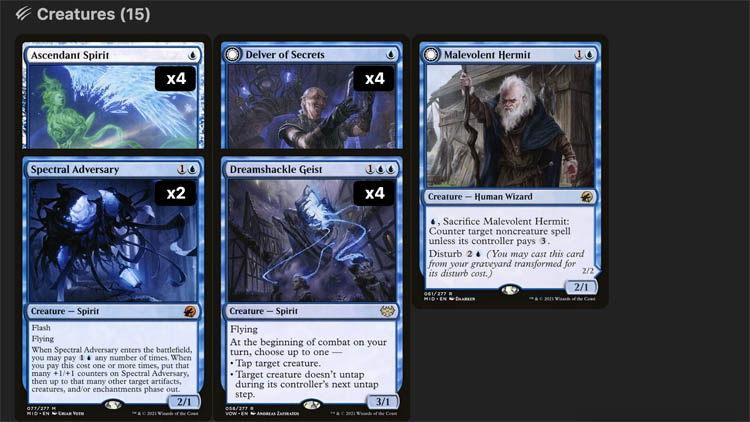
Instead, tempo decks are a high proportion of 1-Mana Creatures that you can cast on turn 1 and start attacking the next turn. The classic example is Delver of Secrets that potentially can transform into a 3/2 Flyer (Insectile Aberration) on turn 2.
Flash is a Desired Creature Ability
Flash is a keyword that allows a spell to be cast at an instant (anytime you have priority in the game), and when Creatures have Flash, you have the option of casting them at the end of the opponent’s turn.
That ability falls in perfectly with the tempo strategy because a tempo player would wait and see what actions the opponent has taken before deciding on what to do.
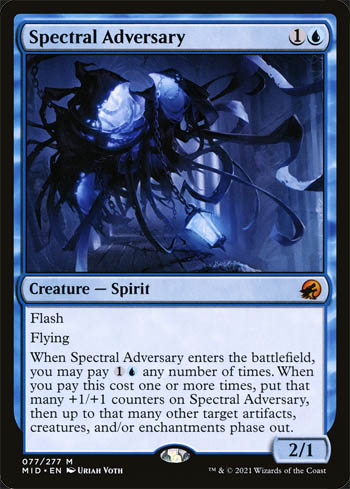

When an opponent does nothing on their turn, that’s when Creatures with Flash come into great use because firstly their available options to deal with it has already been reduced, and secondly your Creature can start attacking when it comes to your turn.
Lots of Instant Spells, Almost No Sorceries
In order to carry out the tempo strategy, you’ll need to be able cast reactive spells at an instant, either in Combat or at the end of the opponent’s turn.
Simple bounce spells such as Unsummon, Fading Hope, and burn cards like Reckless Rage and Playing With Fire are all commonly-played cards in tempo decks, even though many other decks also use these versatile pieces.

If you’re playing in blue, then various counter spells will also be relevant in a tempo deck. Lower costing spells are often preferred, even if they come with a drawback. For example, Lofty Denial is a great counter spell at 2 Mana, but is the most effective if you control a flying Creature.
End Step
Tempo can be played in any format, though you’ll see more such decks in constructed formats such as Standard, Pioneer, and Modern.
Even if you’re not playing a tempo deck, the principles of tempo will apply to any aspect of Magic, from multiplayer games in Commander, to limited formats such as Draft and Sealed. Learning about timing and patience will help you in the overall journey of becoming a better Magic player.

